2707Views 11Comments
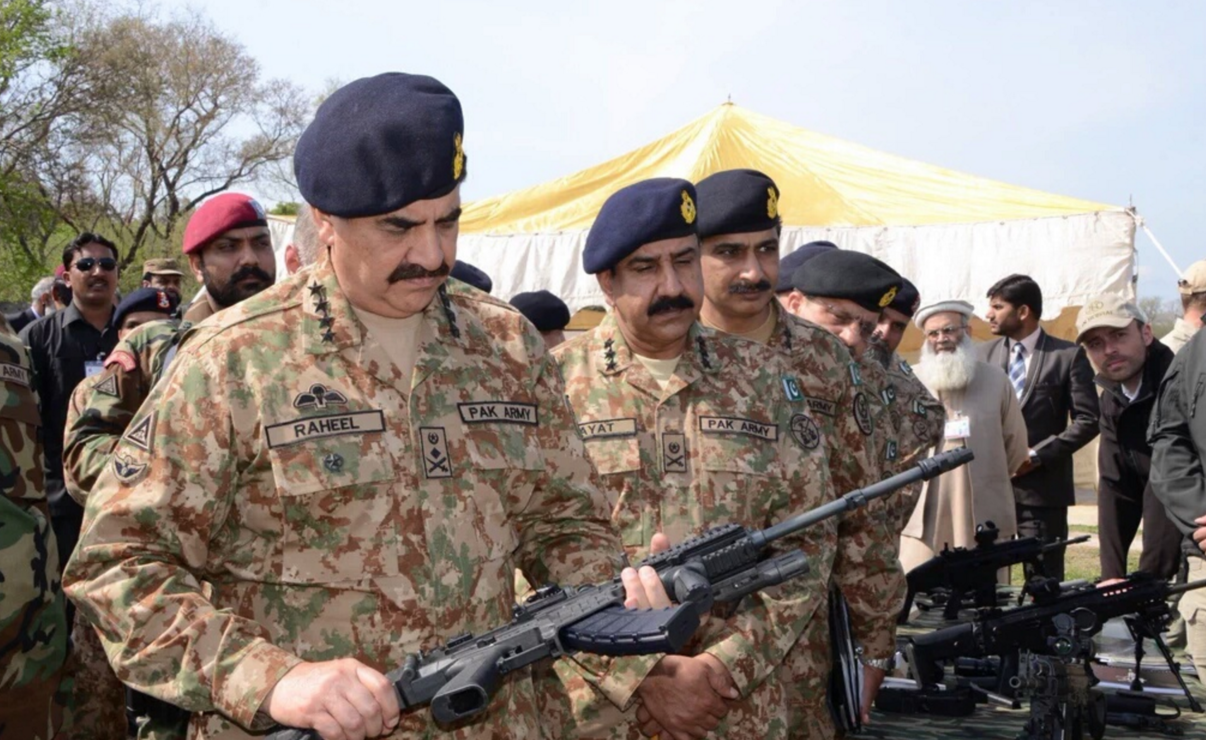
Is the Pakistan Army looking for a new rifle?
16 March 2016
A recent visit to Pakistan Ordnance Factories (POF) by Pakistan’s Chief of Army Staff (COAS) General Raheel Sharif has shed light on a requirement for what seems to be a new standard infantry rifle for the Pakistan Army.
Numerous photos released by Inter Services Public Relations (ISPR) show General Sharif as well as other senior Army officers inspecting assault and battle rifles from a number of overseas vendors.
The rifles present during General Raheel’s visit included the FN Herstal SCAR [Special Operations Forces Combat Assault Rifle], Česká Zbrojovka CZ-806 BREN 2, Zastava M21, Beretta ARX-200, and Kalashnikov AK-103. Representatives from each of the aforementioned companies were also present.
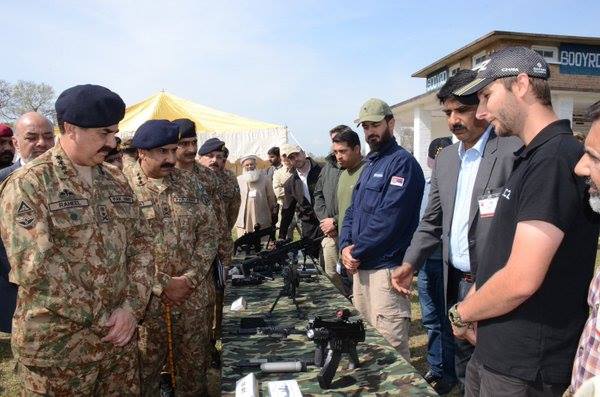
Currently, Pakistan’s mainstay rifles include the Heckler and Koch (HK) G3 battle rifle (7.62x51mm) and NORINCO Type 56 assault rifle (7.62x39mm), a licensed Chinese-built variant of the Kalashnikov AK-47. The HK MP5 submachine gun is also used by various entities in Pakistan’s security apparatus, particularly among its law enforcement agencies (LEA). Several other assault rifles, such as the FN F2000, are also in use with Pakistani LEAs and special operations forces but these are not standard-issue weapons.
Pakistan’s pursuit for a new standard issue infantry rifle is not a new story. At one point, especially in the mid-to-late 2000s, the Pakistan Army was interested in procuring 5.56mm assault rifles to replace ageing 7.62mm stocks. In fact, POF had even offered its own design (evidently based on the HK33) under the label of PK-08. This program collapsed. Though the reasons were not made public, it is possible that several issues made such a switch untenable.
First, the Army’s counterinsurgency (COIN) effort in the Federally Administered Tribal Areas (FATA) saw it heavily depend on weapons using 7.62mm rounds, such as the Type 56 assault rifle. Like other countries engaged in COIN (including the U.S.), it is possible that the Army came to the conclusion that small arms using 5.56mm rounds did not offer enough stopping power on the field, even though they are lighter in weight and capable of carrying a higher number of rounds per magazine.
A second reason could be in relation to the fact that any mass-replacement of small arms ought to be done in a manner that results in maximum future utility. In other words, if the Army were to spend a large amount of money to replace existing small arms, it may be best served to acquire the latest and most adaptable designs available, as opposed to compromising due to cost or expediency. While such a move is certainly more expensive in the short-term, it may benefit the Army in the long-term in the form of a capable and fully reliable weapon which could be used with ease for many decades.
As per the ISPR video, it seems that the Army’s evaluation for a new rifle commenced in November 2015, which is when various vendors were contacted about the Army’s pilot requirements. Actual testing began in January 2016, which had coincided with winter-usage trials as well. Five weapon-types were selected for these trials: FN SCAR, CZ-806 BREN 2, Zastava M21, Beretta ARX-200, and Kalashnikov AK-103.

At this point, there are scarcely few details available about the program. For example, the Army has not disclosed whether this is the final testing-phase, especially since Heckler Koch (the original supplier of the Army’s G3 battle rifle) is not present. In fact, weapons from Turkey and China are also absent. That said, the presence of these rifles at POF may indicate that this is not a limited-scale program; rather, it will at some point involve discussions about technology transfer and licensed local manufacturing, which will be necessary in order to feasibly arm at least 500,000 Pakistani soldiers.
Each design has its merits and limitations. For example, the FN SCAR is a highly modular design that can be built into not only a 7.62x51mm battle rifle (SCAR H), but also a 5.56x45mm assault rifle (SCAR L) and even a personal defence weapon (PDW). The SCAR could also be configured (in its 7.62x51mm form) to function as a Sniper Support Rifle (SSR). Similarly, the CZ-806 BREN 2 can be chambered for 5.56x45mm and 7.62x51mm as well (though the later has not yet been produced by the vendor).
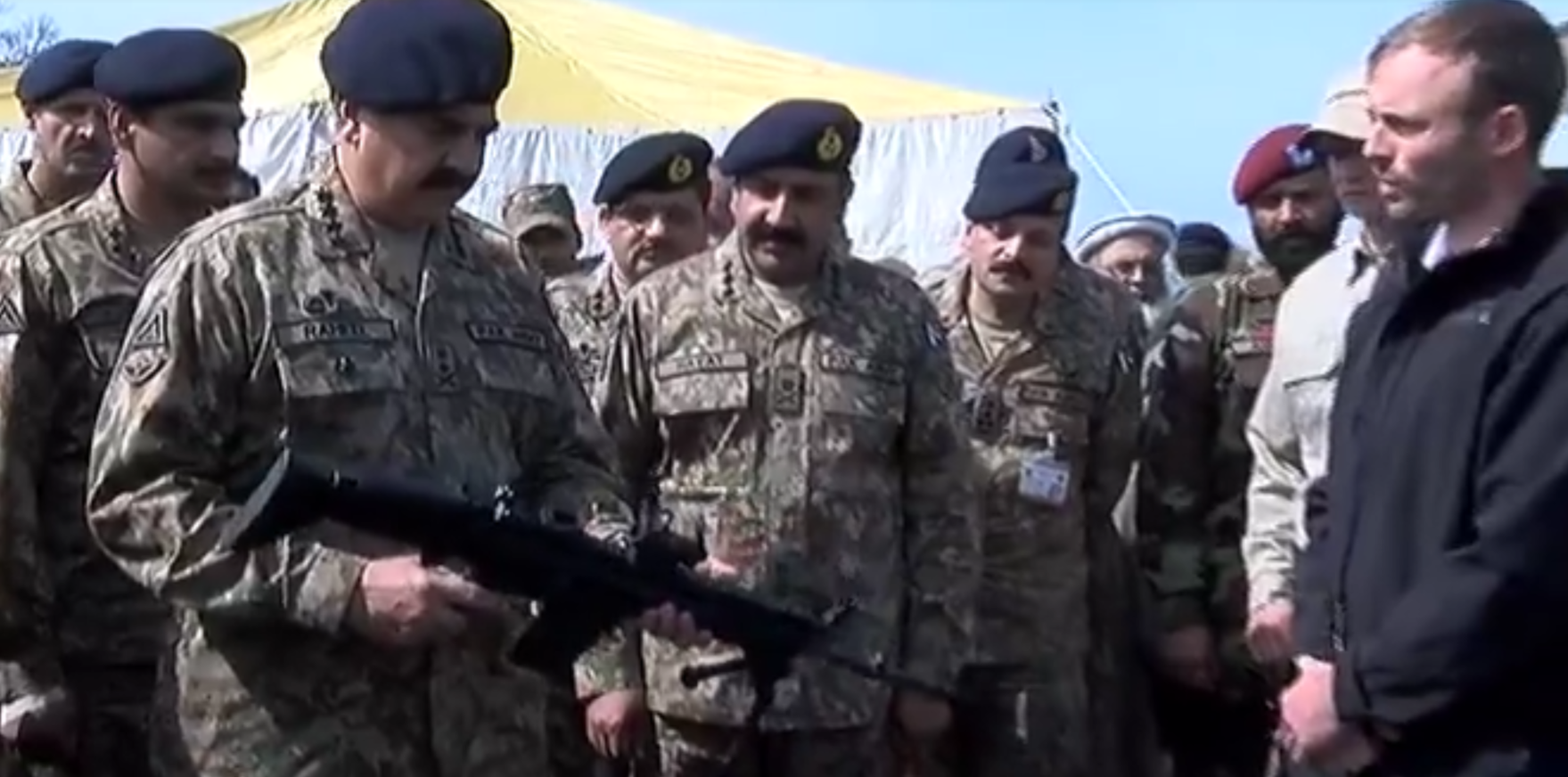
A single core design that could be built to meet multiple distinct requirements could be a major drawing point for the Army. In fact, such a system would not only meet the needs of the Army, but in time, it could be scaled for use by Pakistan’s LEAs, paramilitary, special operations forces, as well as the Army’s sister arms, i.e. Air Force and Navy.
The upfront cost of absorbing the capacity for local manufacturing will be a sticking point, but if POF succeeds in acquiring commercial offsets (such as being the source for certain parts and/or being permitted to export rifles to certain markets), any rifle could be a feasible acquisition. Given the scale of the program, most of the vendors may not be averse to being flexible with POF. Moreover, the Army (as well as other arms) will order new rifles on an incremental basis over the long-term, thus, the total program cost can be distributed over the long-term.
Hopefully, specific details will be made available during IDEAS 2016.

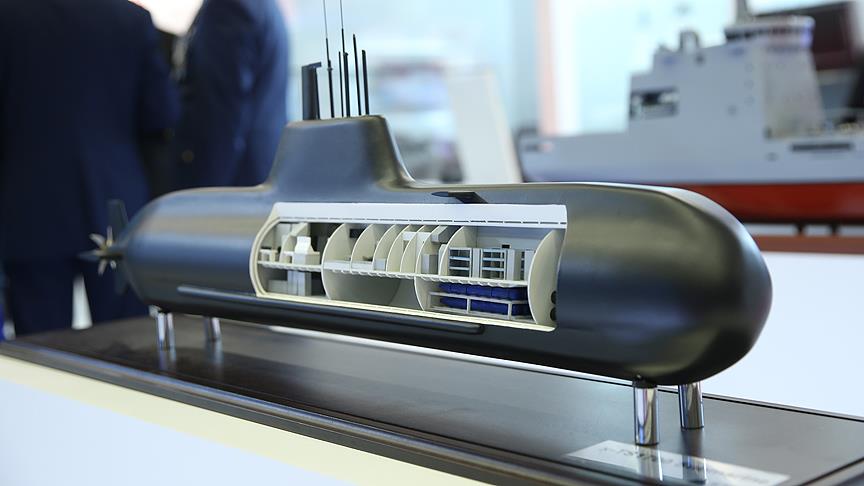
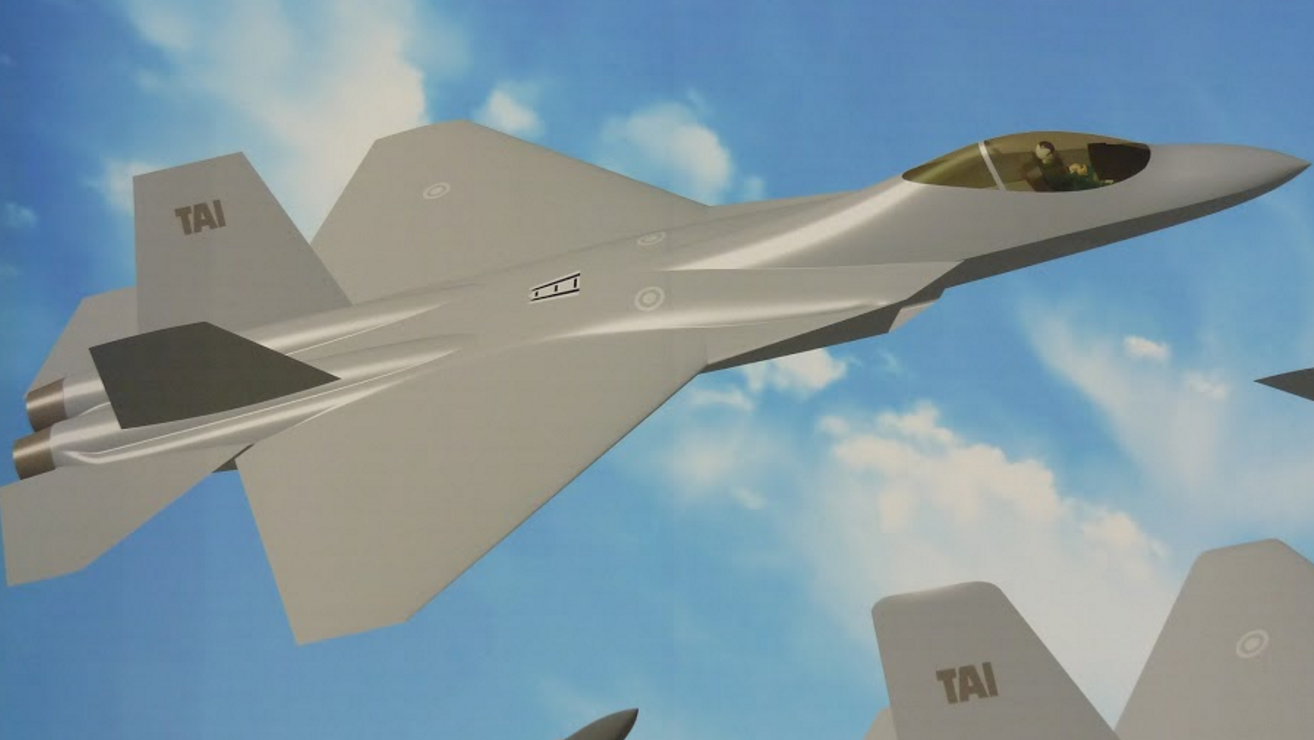
11 Comments
by SP
It would be good to see Pakistan Army spending on the soldiers rather than that huge budget just being spent on officers. Pakistan Army should improve its tooth to tail ratio. I was disgusted to see soldiers being sent to the border with India in WW2 gear during the 2001-2002 standoff. Since then particularly under Kiani focus shifted to improving the lot of the soldier.
by saqrkh
Agreed. A lot of the work has been done in response to the FATA campaign, but this needs to be mainstreamed into the entire Army.
Not only in terms of equipment and training, but vertical growth as well, for them and their families. This will enhance morale as well as generate valuable leadership from our most experienced jawans, who – as JCOs – can impart that to NCOs and COs alike.
I recommend a two-year training and education program for fast-tracking recruits to JCO. Younger warrant officers to take lead in communications, battle management, technician work, etc, wouldn’t be a bad idea either.
by MO
Huge budget on officers….?????
by mop
if you compare the pakistan army on a personal level to what they were in 2002 there is a massive difference, the pak army are better equipped now then they were back in 01/02 but with that being said the indian army weren’t that much different either. allot of there troops looked like they were geared up for a WW2 battle.
by Mohsin E.
The HK416/417 is a better platform than the FN SCAR. I own the civilian version of the 416, and although it is on the heavy side, I would never choose the SCAR over it. The SCAR is a completely new platform and parts for it will be much harder to find. Customization options will also be severely limited, because unlike the SCAR, many of the 416 parts are interchangeable with much cheaper AR parts, with which the market is already flooded with. The PA must have close relations with HK anyway, with licence production of the G3/MP5 line, so why is it even considering a switch over to FN? Most Tier 1 SOFs also prefer the 416/417, which is pretty much the new standard.
by saqrkh
HK’s absence is a shocker.
by MT
Pak army have been armed tooth and nail..say thanks to 35bill$ american aid
by mig1nc
I don’t disagree, but TBH, the FN SCAR has existed for roughly a decade at this point. It’s not new anymore. It’s been tested, and apparently not impressed anybody.
by Mohsin E.
When i said “new” it was relative to the AR platform. For example, you can easily find the perfect AR stock, trigger, grips etc. that fit your requirements because so many companies make custom parts for it. And the 416 accepts all AR parts except for the upper. You can put its upper on a 40 year old AR lower and ur good to go. All good gunsmiths know and have worked with ARs so theyre familiar with it too. Also theres a serious design flaw with the SCAR, its charging handle is directly attached to the bolt carrier, which means it violently moves with the carrier when fired and is totally exposed. That can rip your fingers off. It can also entangle with an unsecured sling etc.
by srmklive
@mohsin_e:disqus You are absolutely right. I myself am perplexed by non-presence of Heckler & Koch. The Germany Army has also adopted HK 416 as its main AR. But lets hope that Pak Army chooses the right weapon in this case to suit all its needs.
One thing i want to ask is can we buy HK 416 civilian version here in Pakistan?
by Mohsin E.
You’ll have to find a dealer that imports them to Pak. I could only find one here in Canada. Ask around for the HK MR223 which is the civie model.